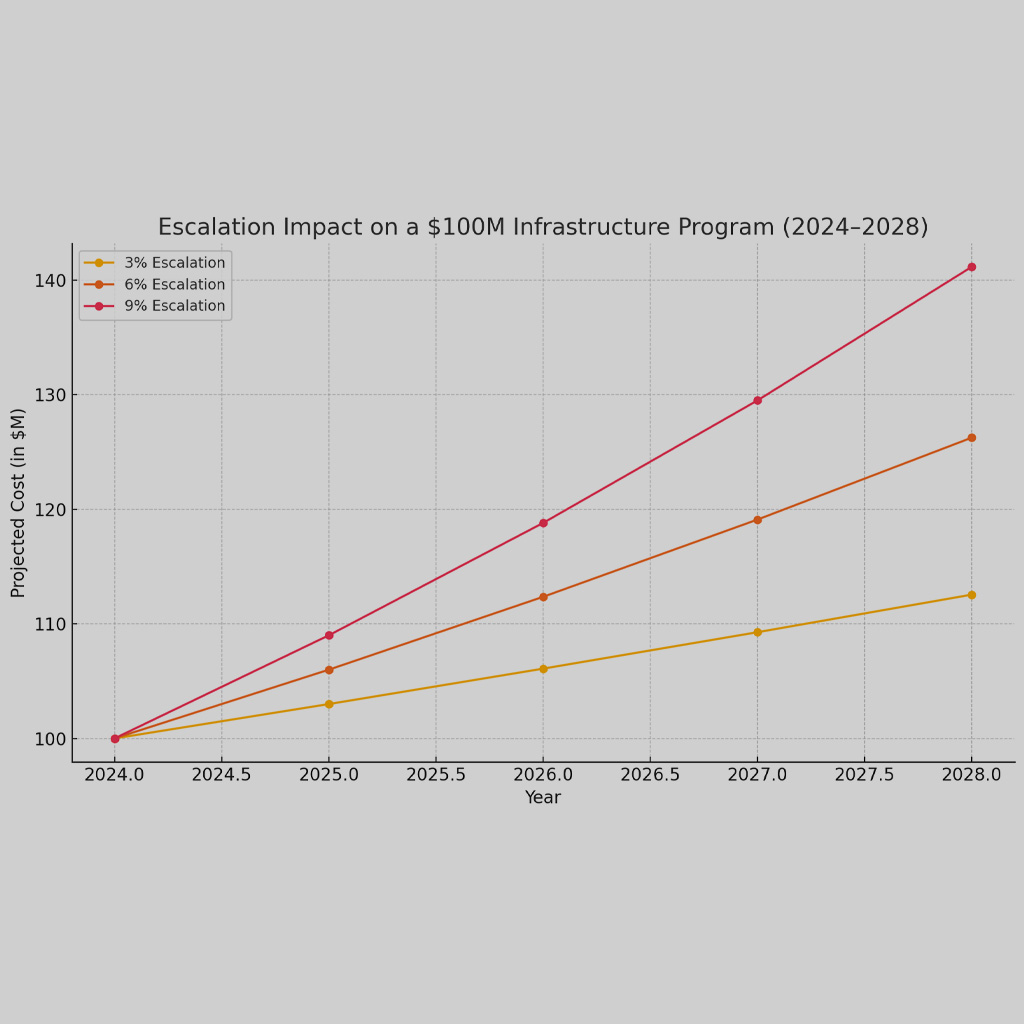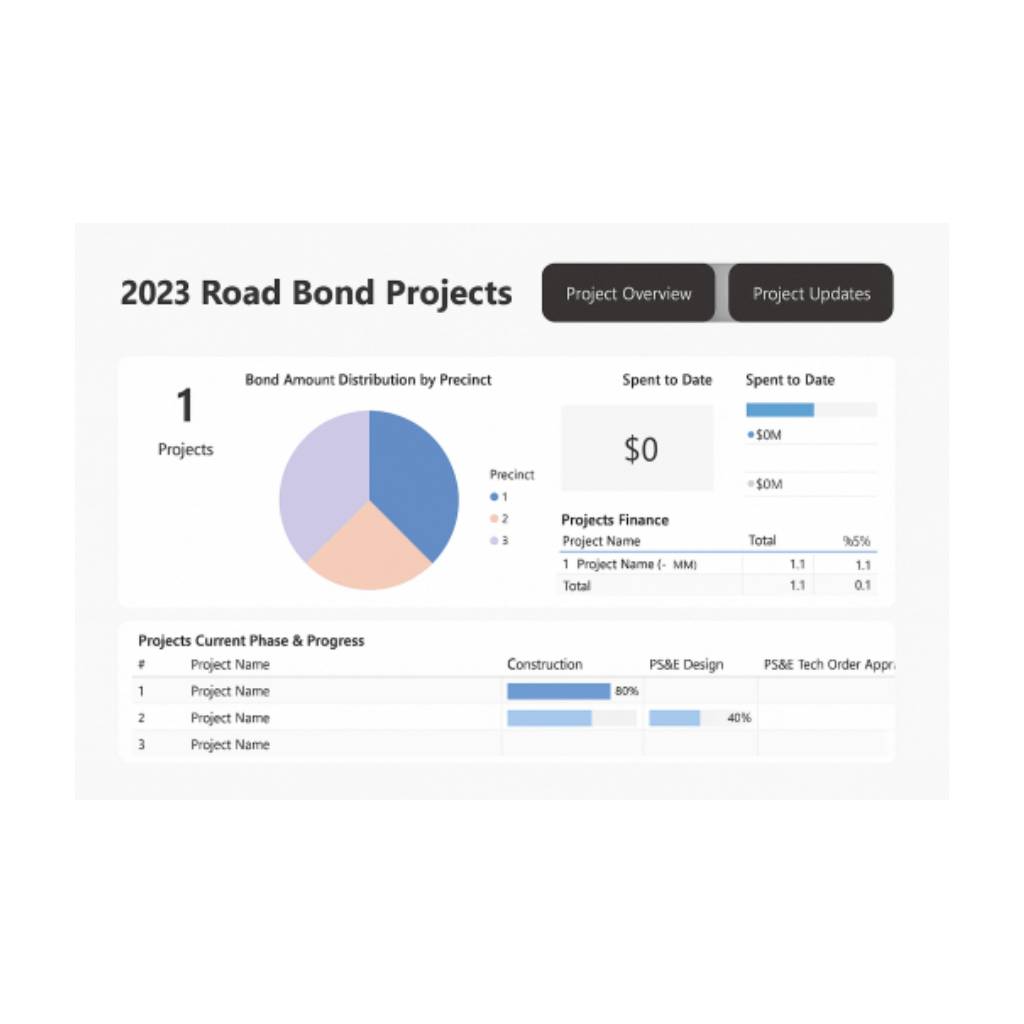Accountability and quality assurance are crucial for successful project delivery in any industry, and capital infrastructure programs are no exception. To ensure these elements are upheld, the implementation of a rating system plays a significant role. This article explores how a rating system provides a mechanism to hold project managers, engineers, and contractors accountable for their work, while also establishing clear performance metrics and benchmarks. By fostering accountability and promoting adherence to quality standards, a rating system contributes to a culture of excellence and helps drive superior project outcomes.
Introduction
Successful project delivery relies on accountability and quality assurance throughout the project lifecycle. These elements ensure that project managers, engineers, and contractors are responsible for their work and that projects meet or exceed established quality standards. A rating system serves as a valuable tool to promote accountability and provide a structured framework for monitoring and improving project performance.
The Importance of Accountability and Quality Assurance
Accountability and quality assurance are essential for several reasons. They help prevent errors, minimize risks, maintain project timelines, and deliver satisfactory results to clients and stakeholders. By fostering a culture of accountability and upholding quality standards, organizations can drive successful project outcomes and maintain a positive reputation in the industry.
The Role of a Rating System
A rating system plays a vital role in promoting accountability and quality assurance within capital infrastructure programs. It offers a mechanism to evaluate and assess the performance of project managers, engineers, and contractors objectively. By establishing a set of criteria, performance metrics, and benchmarks, a rating system sets clear expectations and provides a basis for measuring and improving project outcomes. An example of a scoring metric (used by San Antonio, Texas) includes six factors with a grade given for each.
20% for meeting contract requirements
20% for staying on schedule
20% for the quality of work
20% for responsiveness
10% for keeping within budget
10% for finalizing or closing out the project
Establishing Clear Performance Metrics
A rating system sets the foundation for accountability by defining clear performance metrics for project managers, engineers, and contractors. These metrics can include key performance indicators (KPIs), such as project completion time, budget adherence, client satisfaction ratings, and safety records. By aligning project goals with measurable metrics, the rating system ensures that performance expectations are transparent and understood by all parties involved.
Monitoring Progress and Compliance
Accountability requires regular monitoring of progress and compliance with established performance metrics. A rating system facilitates this by providing a framework for ongoing evaluation. Project stakeholders can track the performance of project managers, engineers, and contractors against the defined metrics and identify areas that require improvement. Regular progress reviews and feedback sessions promote transparency and enable timely course corrections, enhancing project outcomes.
Driving Continuous Improvement
A rating system not only holds individuals accountable but also encourages continuous improvement. By analyzing performance data and feedback, project managers, engineers, and contractors can identify areas for enhancement and take proactive measures to address them. This fosters a culture of learning, innovation, and professional growth, leading to improved project execution and outcomes over time.
Fostering a Culture of Excellence
Accountability and quality assurance contribute to fostering a culture of excellence within project teams. When individuals are held accountable for their work and expected to meet high-quality standards, it creates a sense of responsibility and ownership. This shared commitment to excellence motivates team members to perform at their best and encourages collaboration, knowledge sharing, and best practices adoption.
Enhanced Client Satisfaction
Accountability and quality assurance directly impact client satisfaction. When project managers, engineers, and contractors are held accountable for their work and adhere to established quality standards, clients can expect superior project outcomes. A rating system ensures that projects are delivered on time, within budget, and with the expected level of quality. This commitment to accountability and quality assurance enhances client satisfaction, strengthens relationships, and fosters positive word-of-mouth recommendations.
Conclusion
Promoting accountability and quality assurance is essential for successful project delivery in capital infrastructure programs. A rating system serves as a valuable tool in achieving these objectives by establishing clear performance metrics, monitoring progress and compliance, driving continuous improvement, fostering a culture of excellence, and enhancing client satisfaction. By holding project managers, engineers, and contractors accountable for their work and ensuring adherence to quality standards, organizations can drive superior project outcomes and maintain a competitive edge in the industry.
At Front Line Advisory Group, we provide program management consulting services for capital improvement bonds. We are revolutionizing the construction industry and transforming client expectations by obsessing over the basics of budget oversight, schedule enforcement, compliance, vendor management, and stakeholder communication. Contact us for more info at info@frontlineadvisorygroup.com.
FAQs
- How does a rating system promote accountability among project managers, engineers, and contractors?
A rating system sets clear performance metrics and benchmarks, providing a basis for evaluating and holding professionals accountable for their work. - What are the benefits of accountability in project delivery?
Accountability minimizes errors, ensures timely project completion, enhances client satisfaction, and maintains a positive industry reputation. - How does quality assurance contribute to project success?
Quality assurance ensures that projects meet or exceed established quality standards, resulting in superior project outcomes and client satisfaction. - Can a rating system drive continuous improvement?
Yes, a rating system enables the identification of areas for improvement and encourages professionals to take proactive measures for ongoing growth and enhancement. - What role does client satisfaction play in accountability and quality assurance?
Client satisfaction is a key measure of project success. By upholding quality standards and being accountable for their work, professionals can enhance client satisfaction and build strong relationships.













